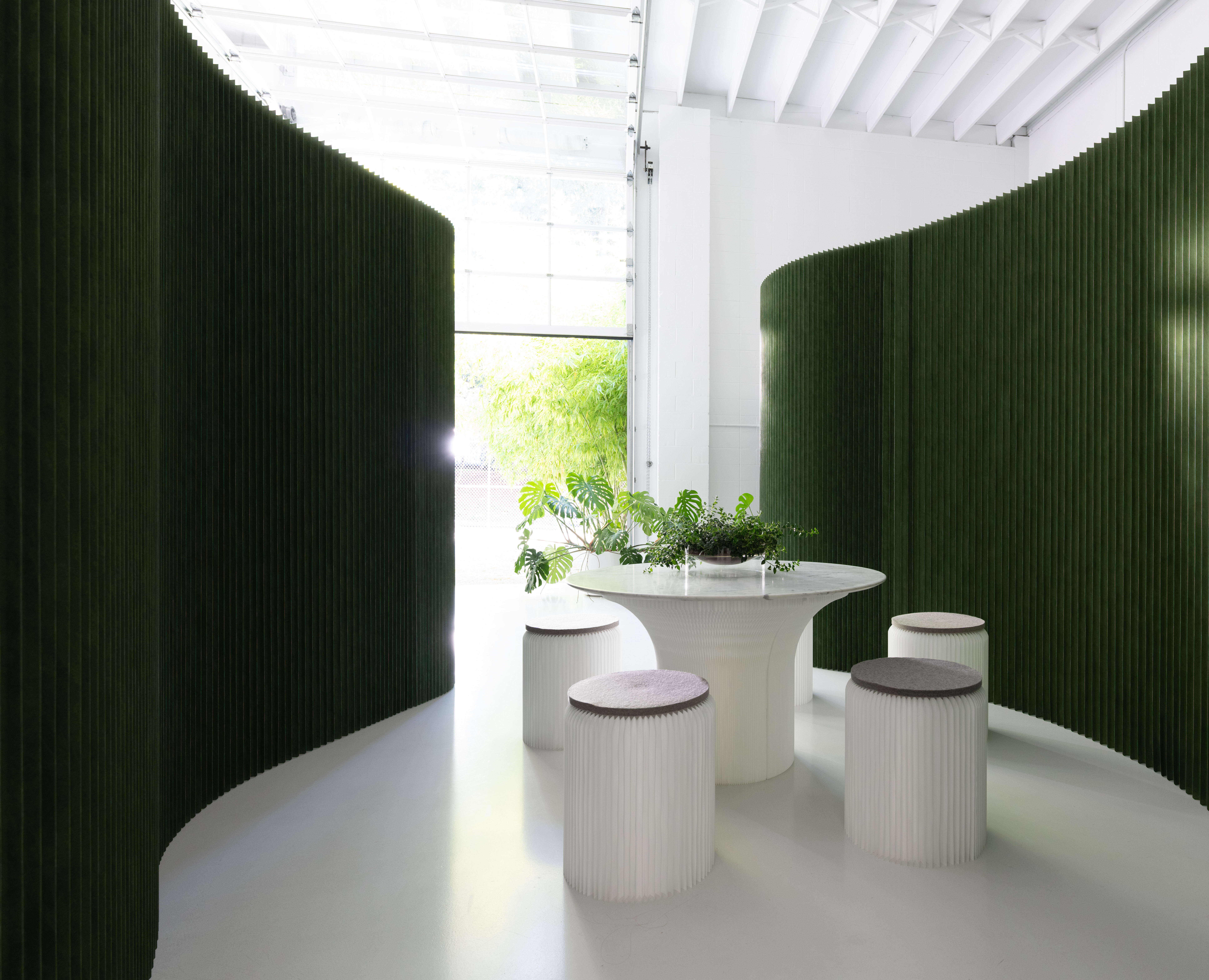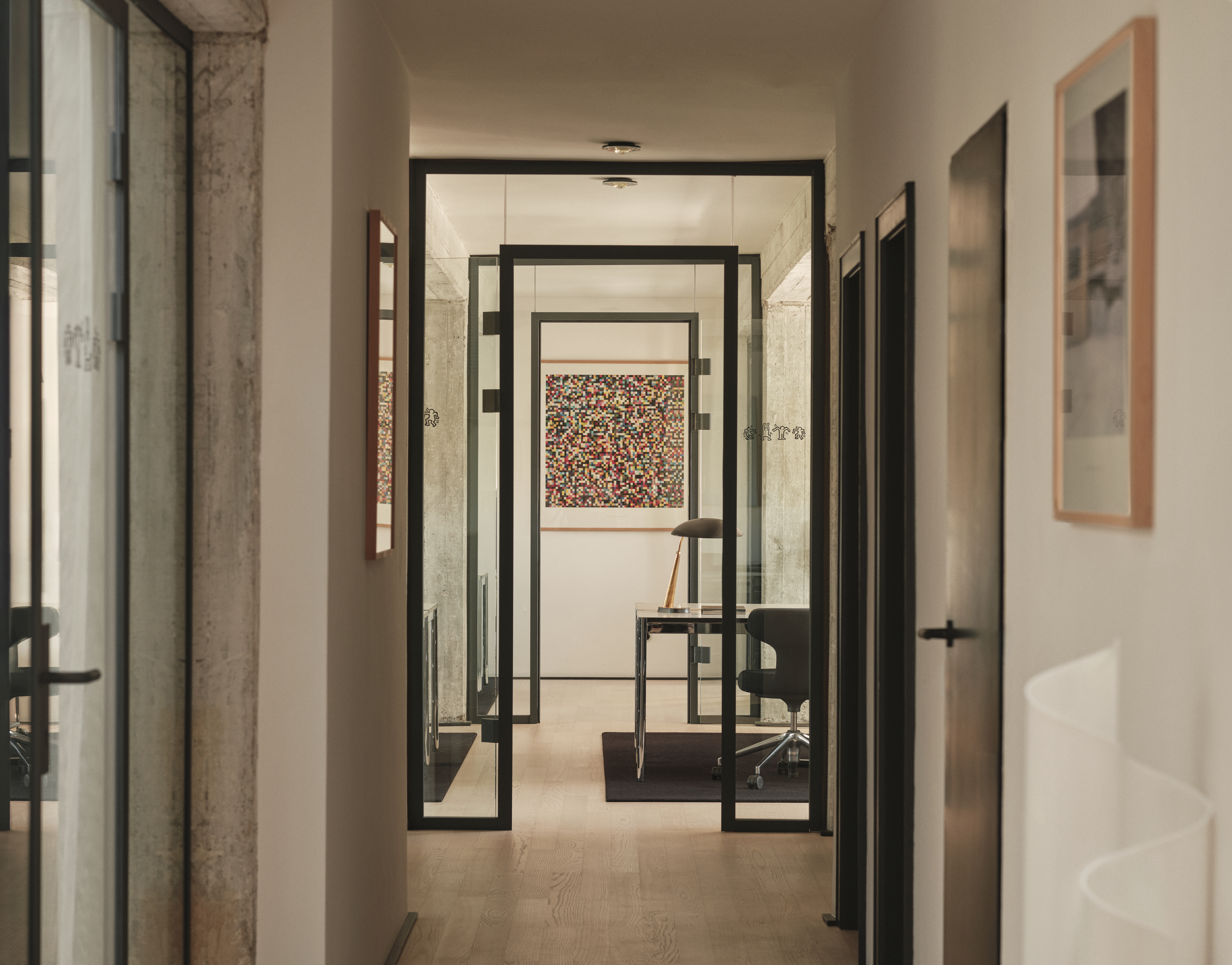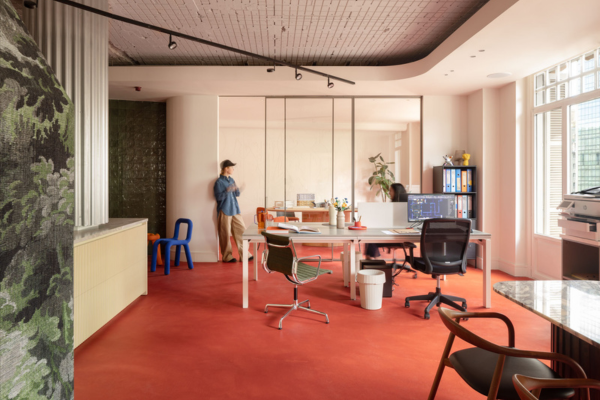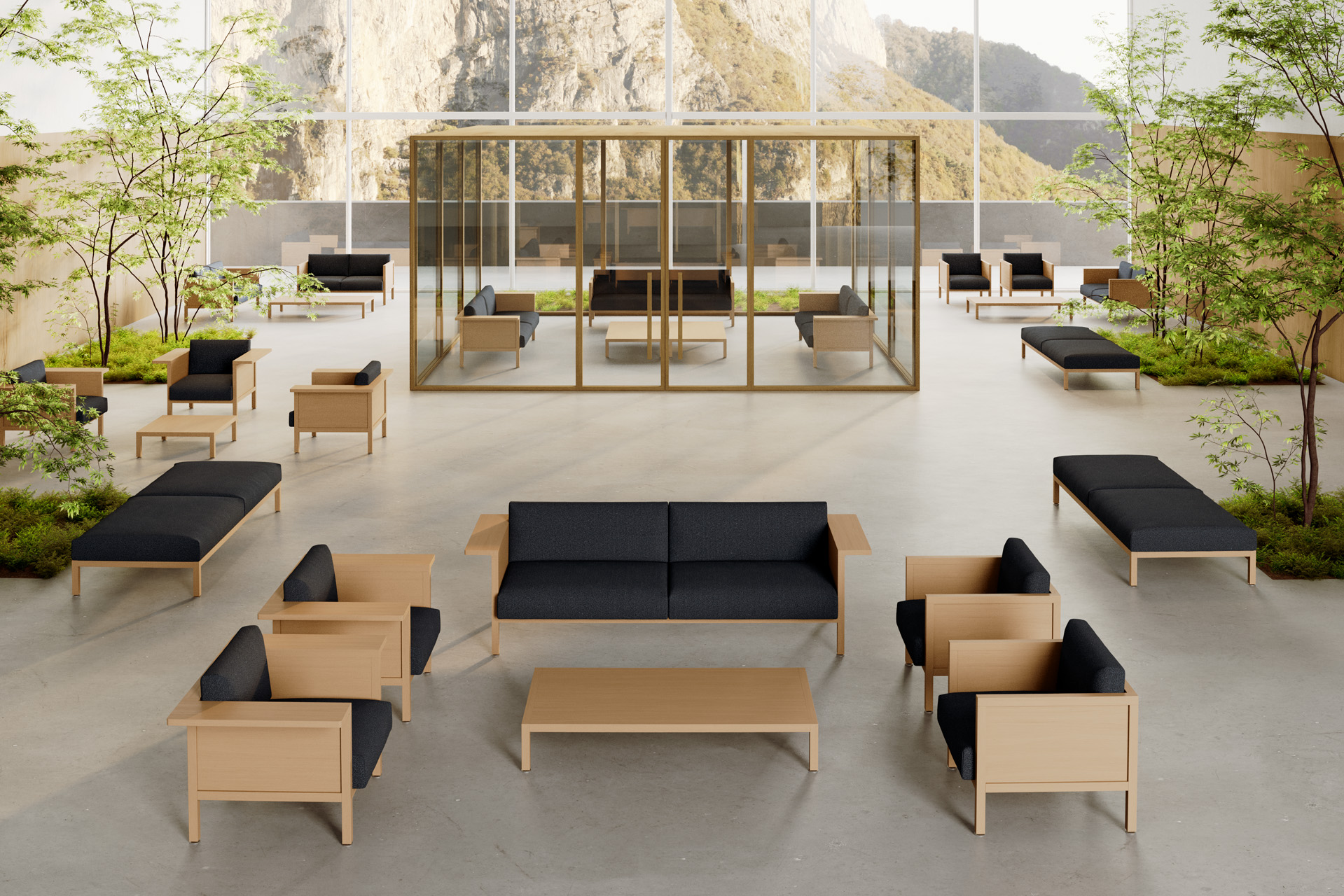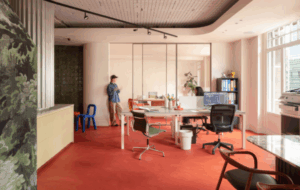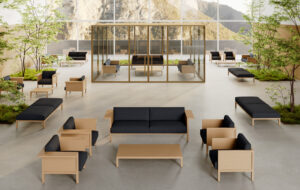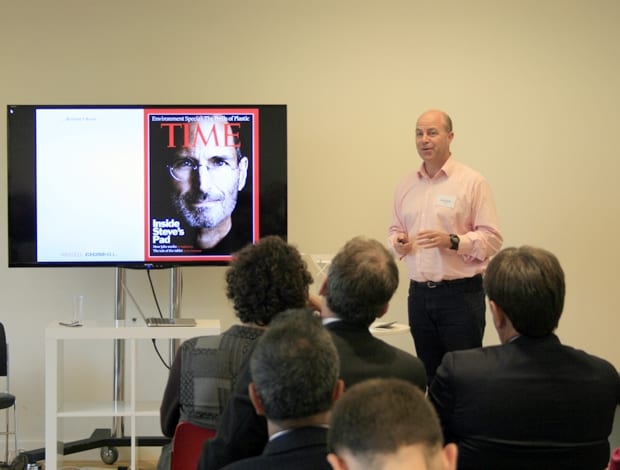 Hassell’s Mark Kelly says we’re in the “sharing age”|The group considered technology and sustainability and their potential impact on the design of universities||
Hassell’s Mark Kelly says we’re in the “sharing age”|The group considered technology and sustainability and their potential impact on the design of universities||
With students expecting a 24/7 experience, and learning freed from physical boundaries, what lies ahead for the design of universities? The Education Futures Forum recently talked it out
If technology means you can learn anywhere, what does that mean for the university campus? In May, architects Hassell and engineering firm CH2M Hill hosted the Education Futures Forum, a panel discussion exploring this and other issues affecting the future of the university.
Amanda Baillieu, editor-in-chief of Building Design chaired, and kicked off the discussion: ” Technology means that you don’t have to be in a lecture hall to learn any more, so university buildings are being used for all different things. It’s a 24/7 experience.
“I also think the change in universities is down to the ‘Facebook factor’. Students are entrepreneurial, therefore new university spaces are designed to feel like a start-up. They should be loose-fit and changeable.
“Another factor is sustainability and wellness. Universities have gyms, GPs, all included on site. They’ve become important parts of the community.”
Julian Gitsham, principal at Hassell, echoed this latter point, with an added concern about sustainability: “There’s a goal of 34% carbon reduction by 2020 and 80% by 2050.
“While it’s great that universities are becoming 24-hour hubs, we have to look at the environmental impact this will have, and the effect on local communities. The spaces also need to be flexible, for users to make their own, to be lived in and owned.”
Jon Atkinson, technical director of sustainability at CH2M Hill, spoke about different university types, and the difficulties of creating new flexible spaces within the legacy of an institution. He also spoke on the dual personality of the buildings.
“Students come in only for three or four years, so like an iPhone [the building] has to be intuitive. At the same time, staff could be there for decades, and you want them to enjoy it equally. The building should be part of the education process.”
Bob Hedivan, principal architect for Europe at CH2M Hill, explained that the spaces should be able to adapt to changes in technology and learning. “It’s about the people and their connections. Variation and balance is key, there’s no single solution.”
Speaking on multi-site campuses, he said that “everyone can design five or six independent buildings. The real skill is the spaces in between, where students can relax, take refuge; the background spaces.”
Mark Kelly, principal at Hassell, continued: “We’re now in a sharing age. We share information and products so freely and quickly. We don’t want the students watching TED talks on their laptops – we want them on campus, interacting and sharing. Learning spaces are studios with a collaborative atmosphere, and that doesn’t just mean the creative courses but the engineers etc as well. And this will affect how they go on to work in their careers.”

